1. Over the weekend, an annular solar eclipse took to the night's sky.
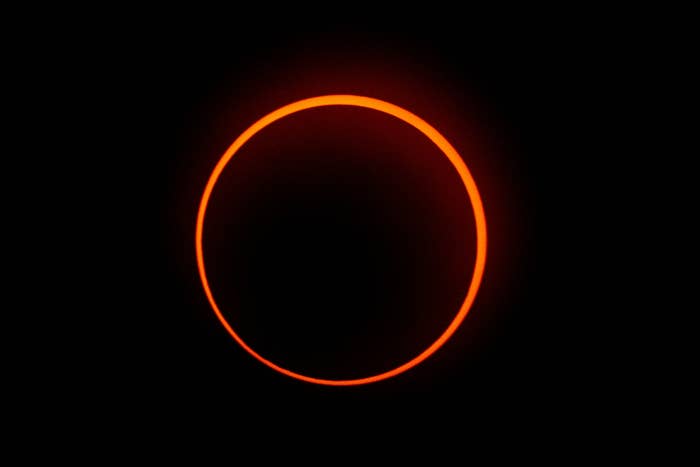
2. This resulted in stunning photos of the "Ring of Fire" event.
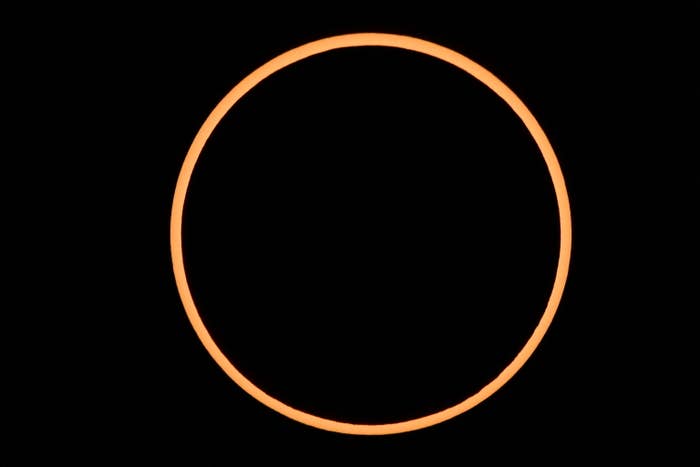
3. The annular solar eclipse occurred on Saturday and was visible in places like the Tatacoa region of Colombia.
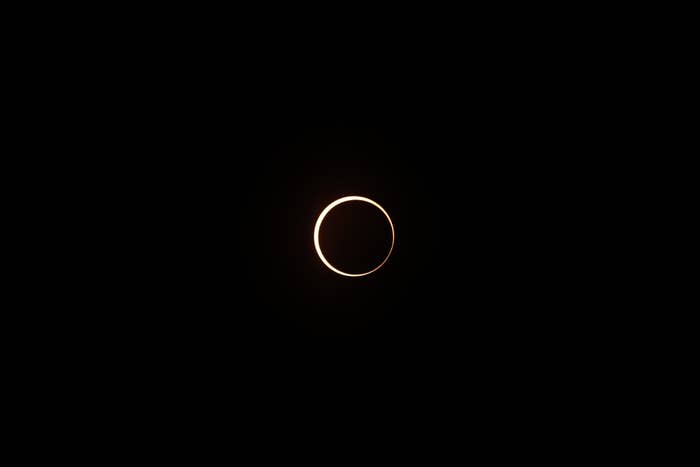
4. While there are several types of solar eclipses, an annular solar eclipse is the phenomenon when the moon is at its furthest distance from Earth and it passes between Earth and the sun, according to NASA. This means that the moon appeared small and did not fully cover the sun during the eclipse, which prompted the "Ring of Fire" appearance.
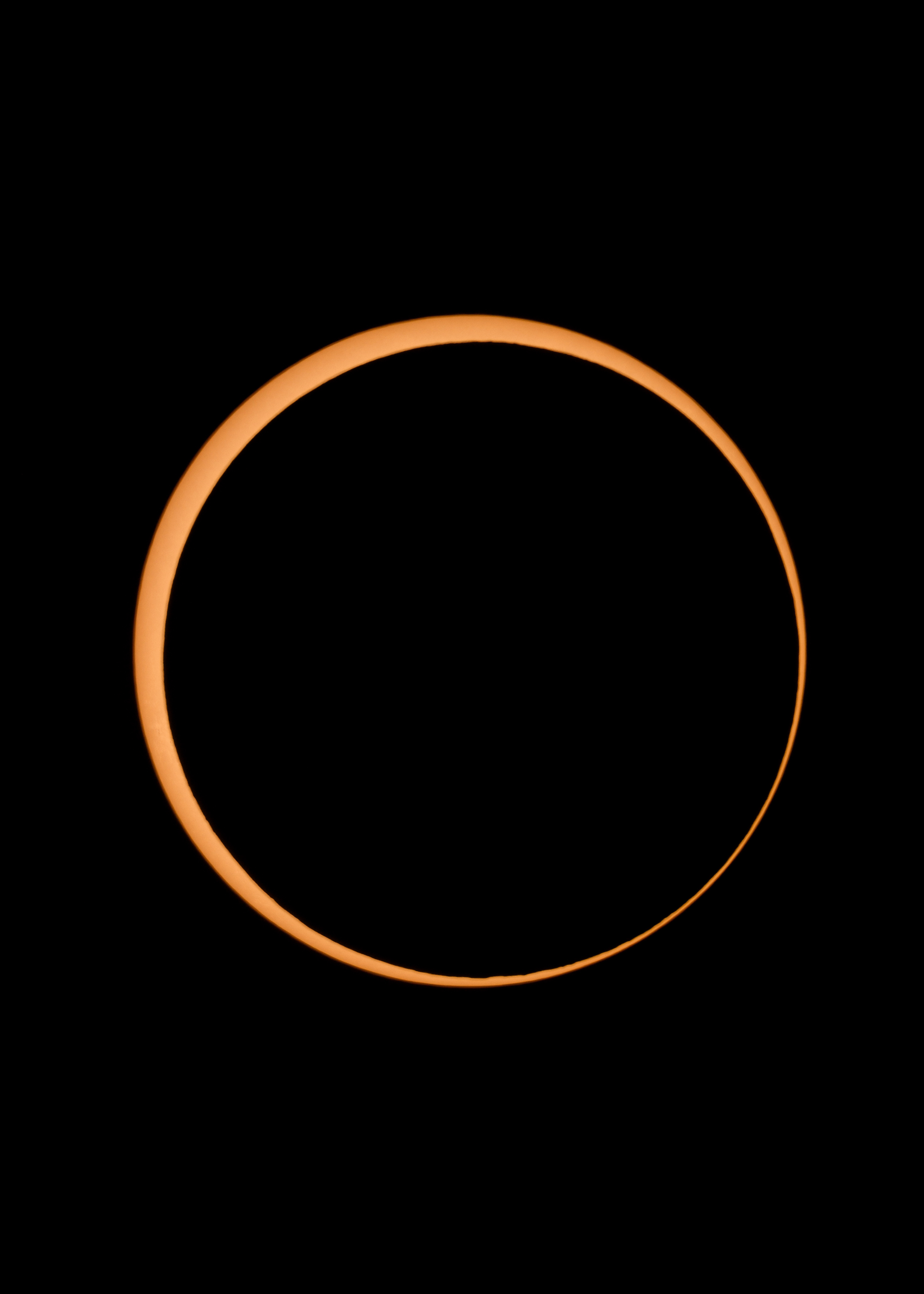
5. The "Ring of Fire" was only visible along a path that included parts of the western United States, as well as Central and South America.
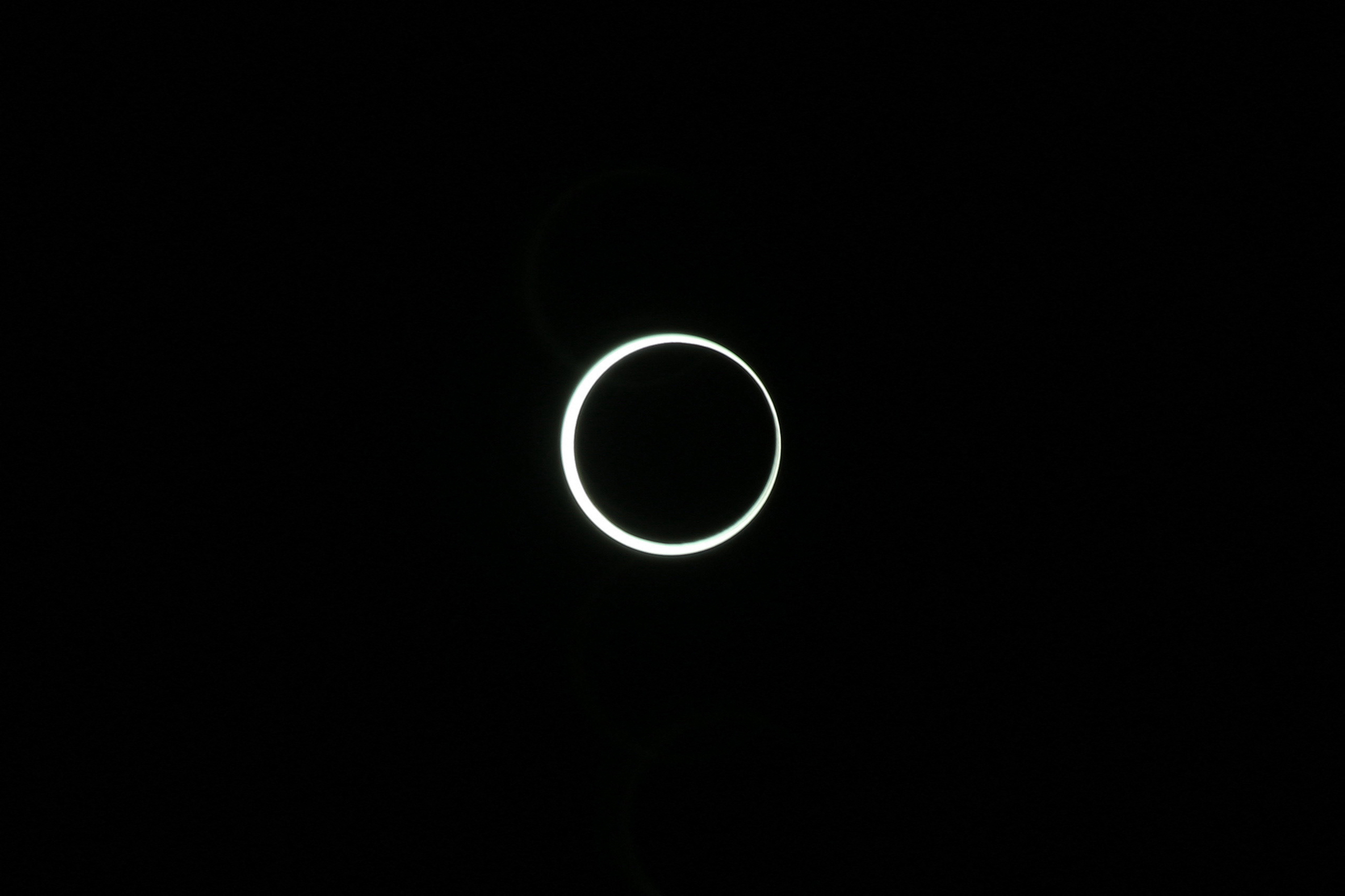
6. In the United States, the "Ring of Fire" corridor included parts of Oregon, California, Nevada, Utah, Arizona, Colorado, New Mexico, and Texas.
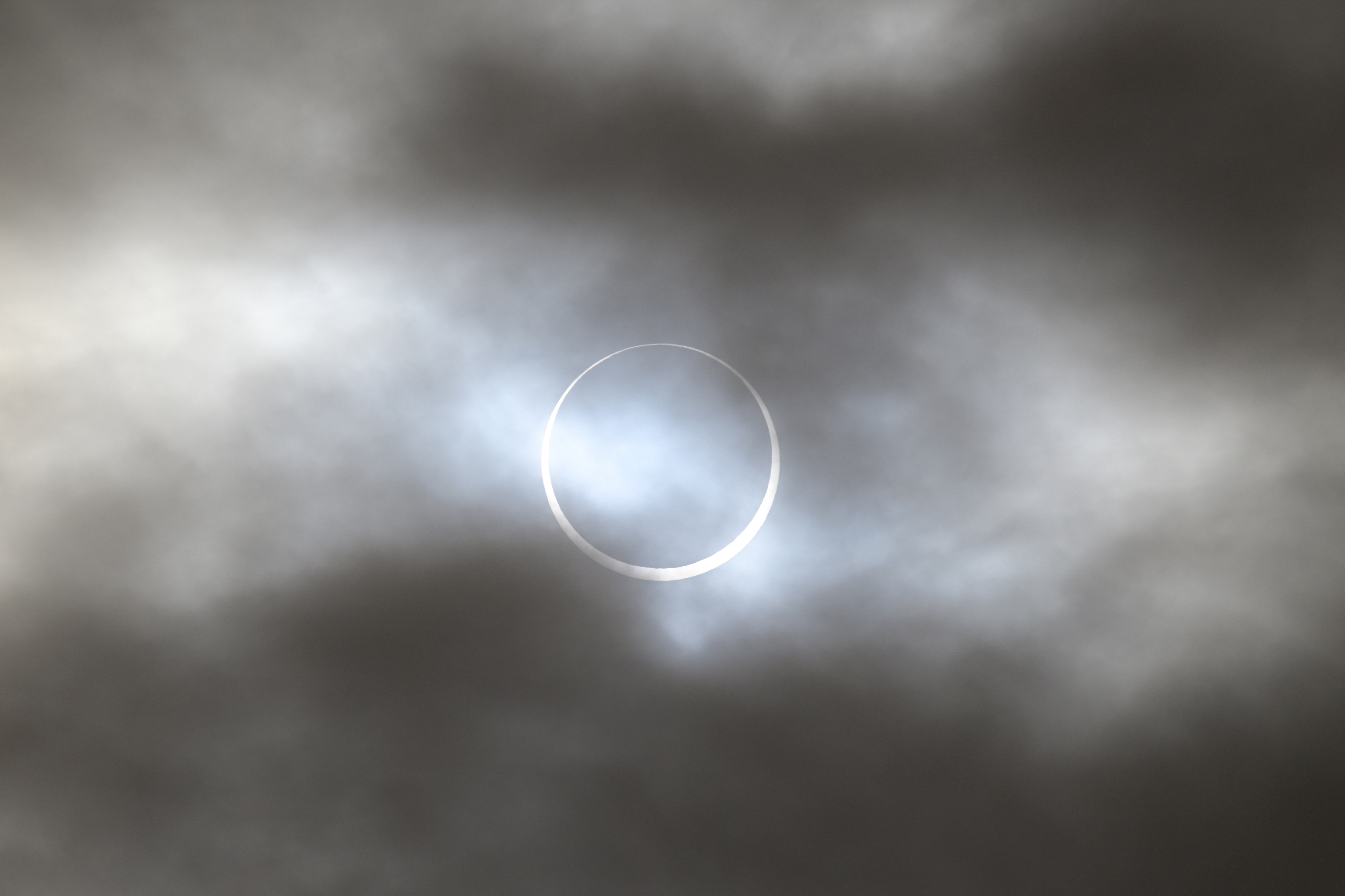
7. In addition to the stunning photos of the "Ring of Fire," photographers also captured the eclipse partially covering the sun, including this photo taken in Houston, Texas.
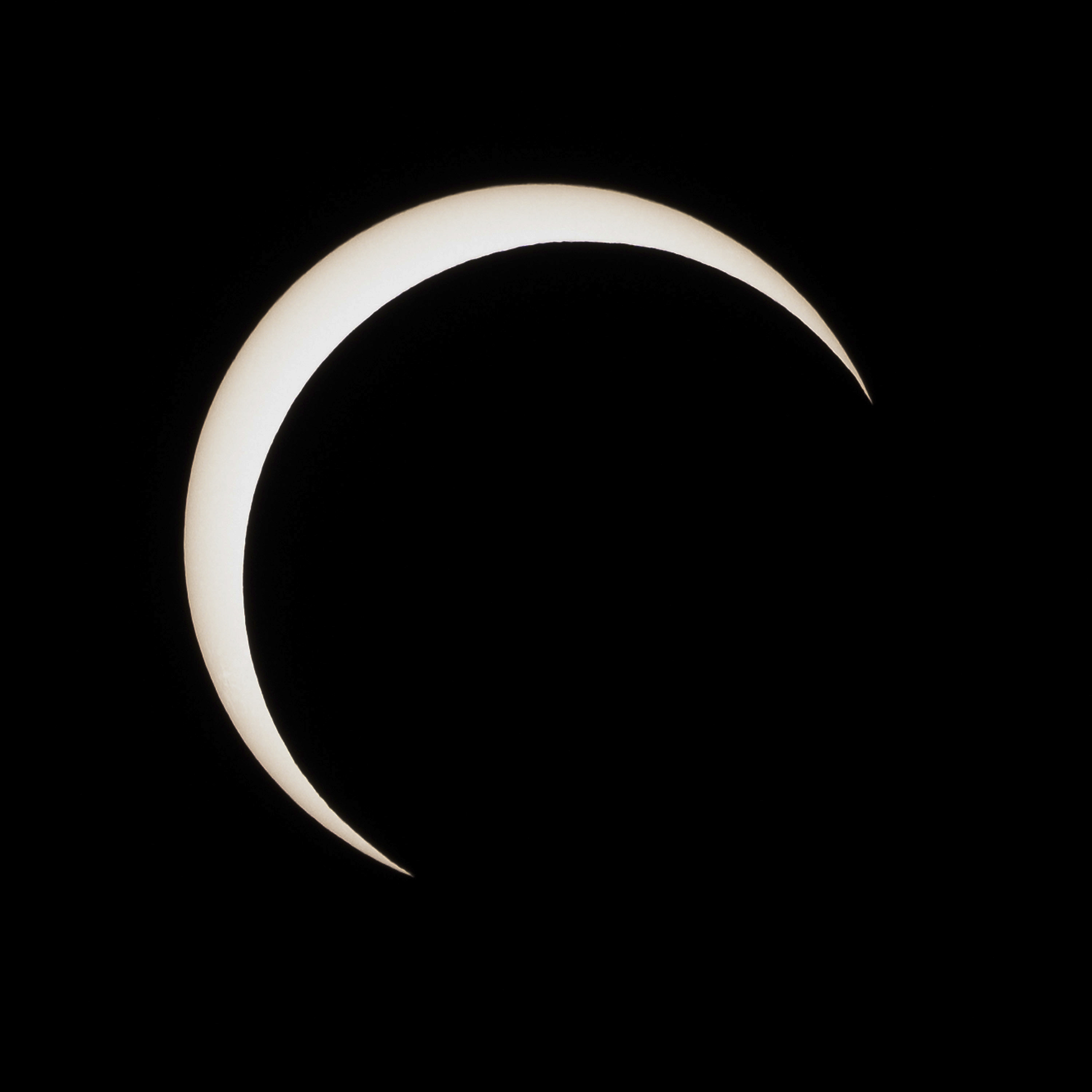
8. Here was a view from Tegucigalpa, Honduras.
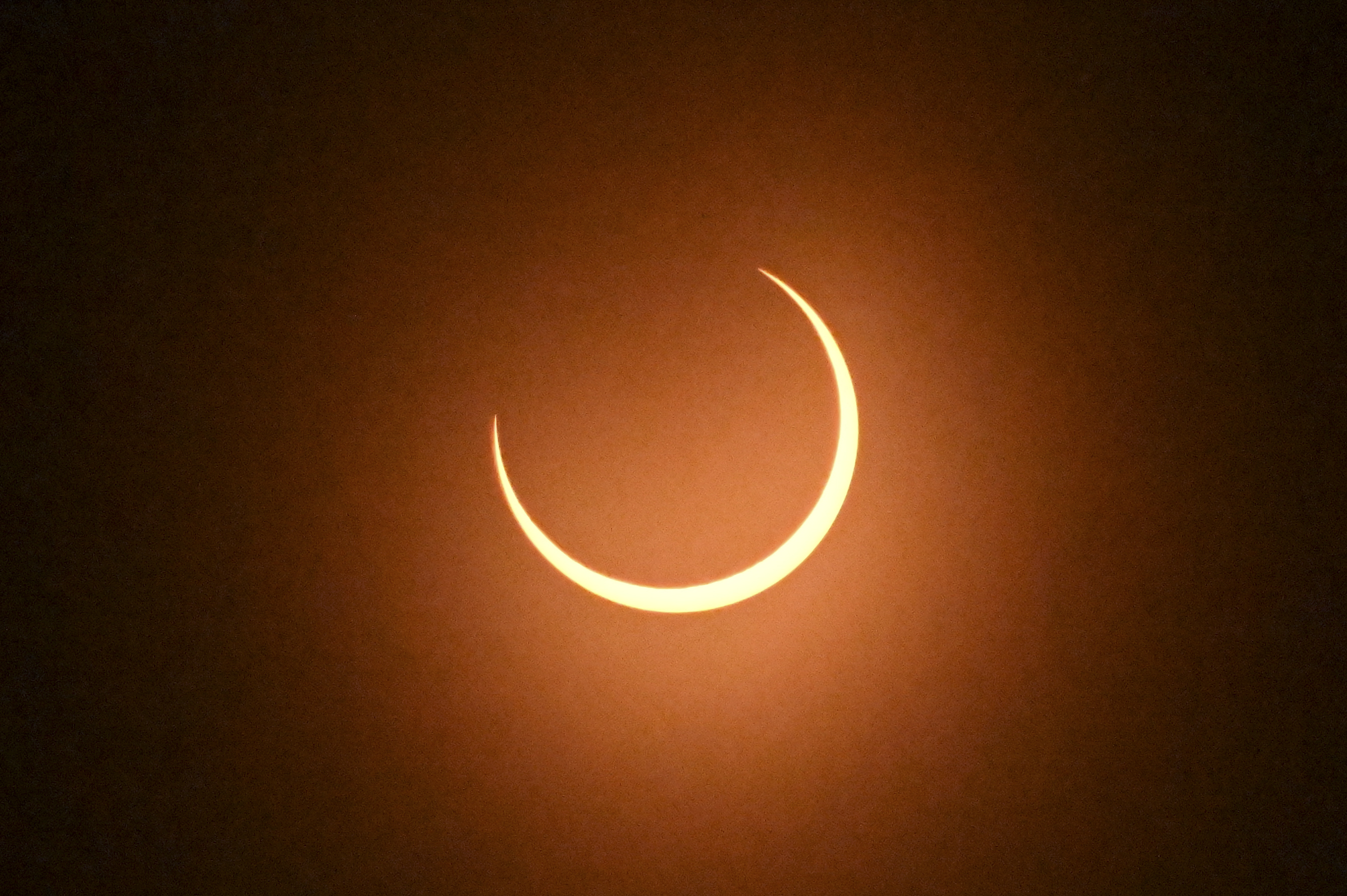
9. And Mexico City.
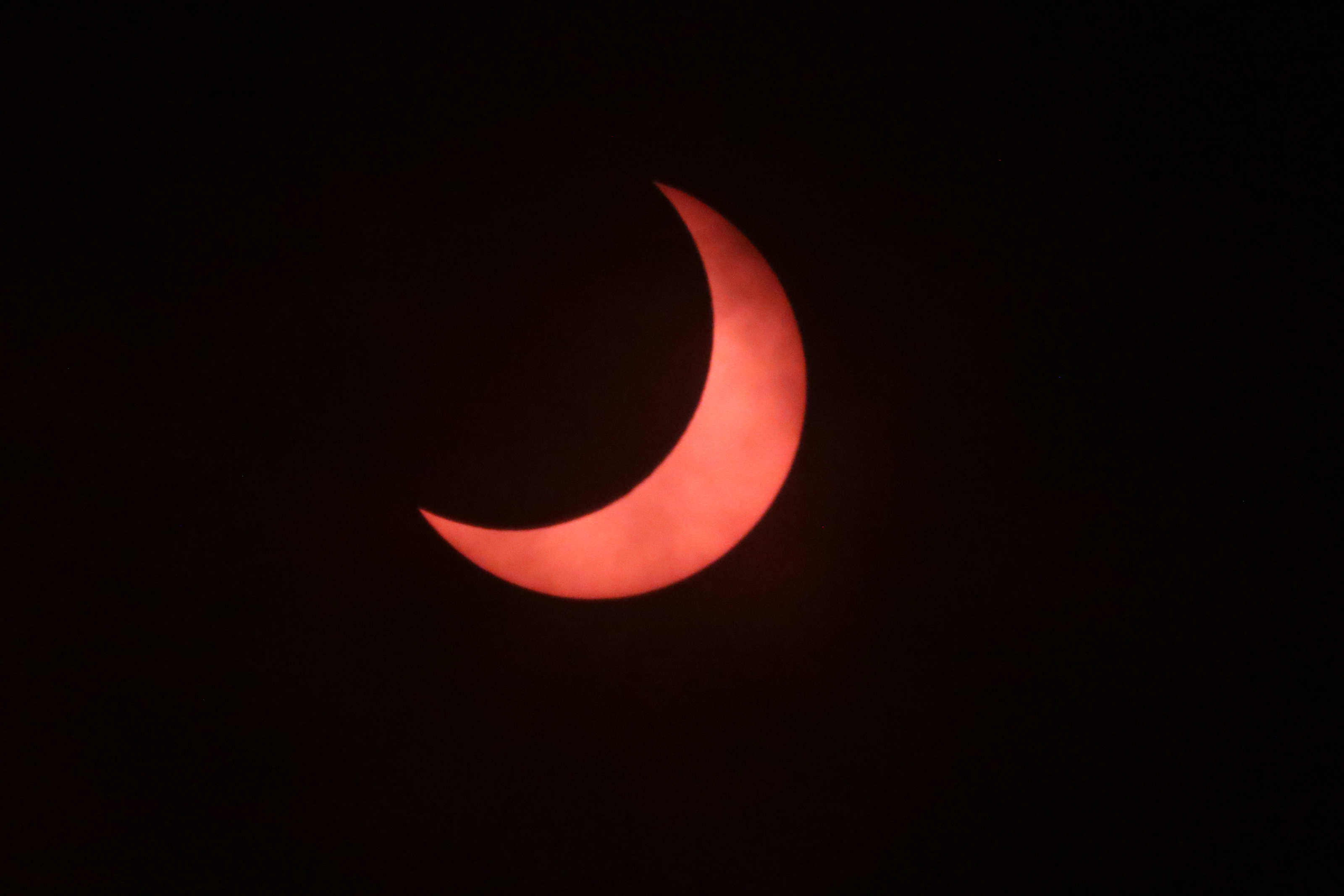
10. And over the Capitol Reef National Park in Utah.
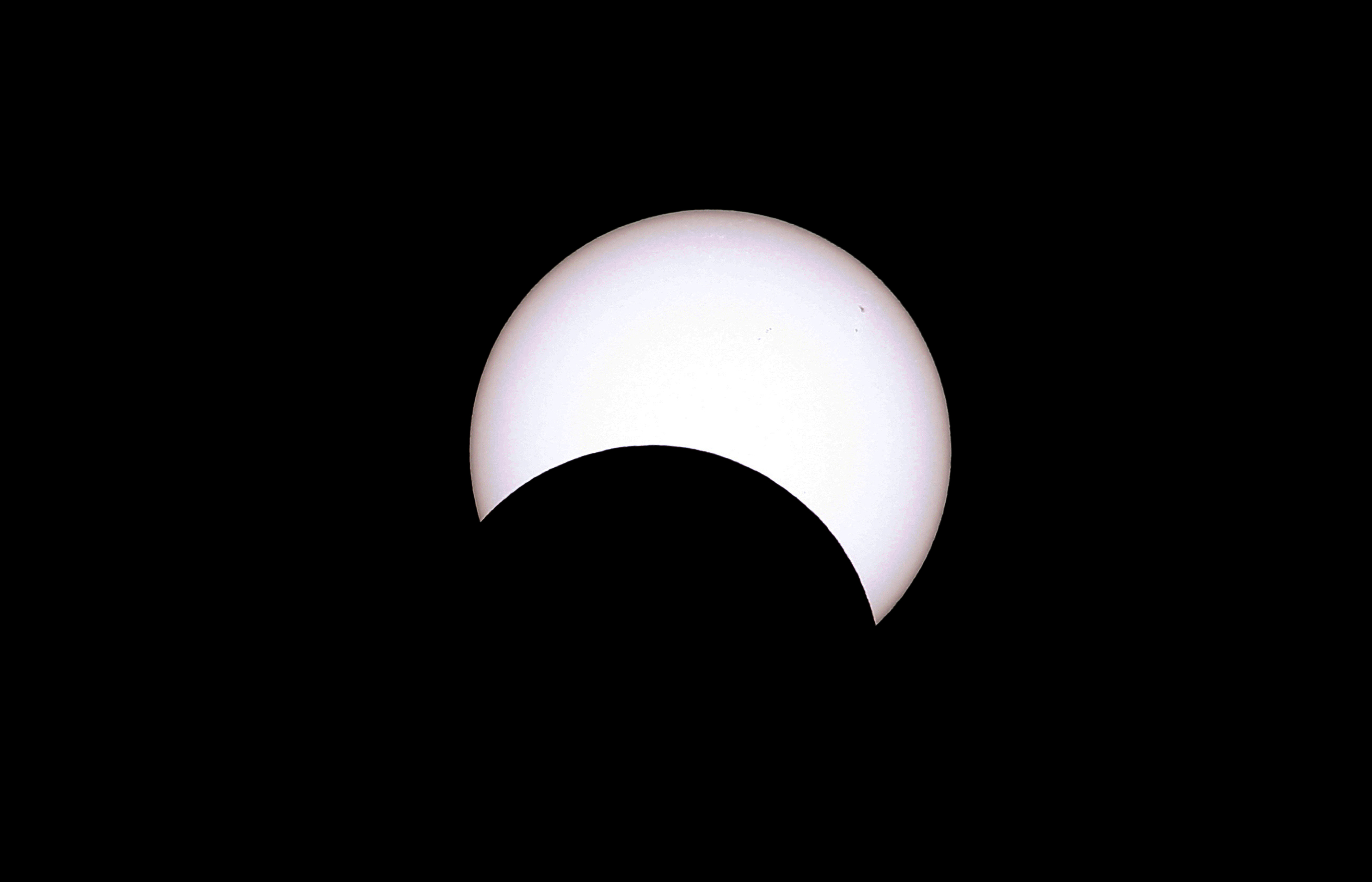
11. Here's a stunning photograph of the eclipse captured in Penonome, Panama.
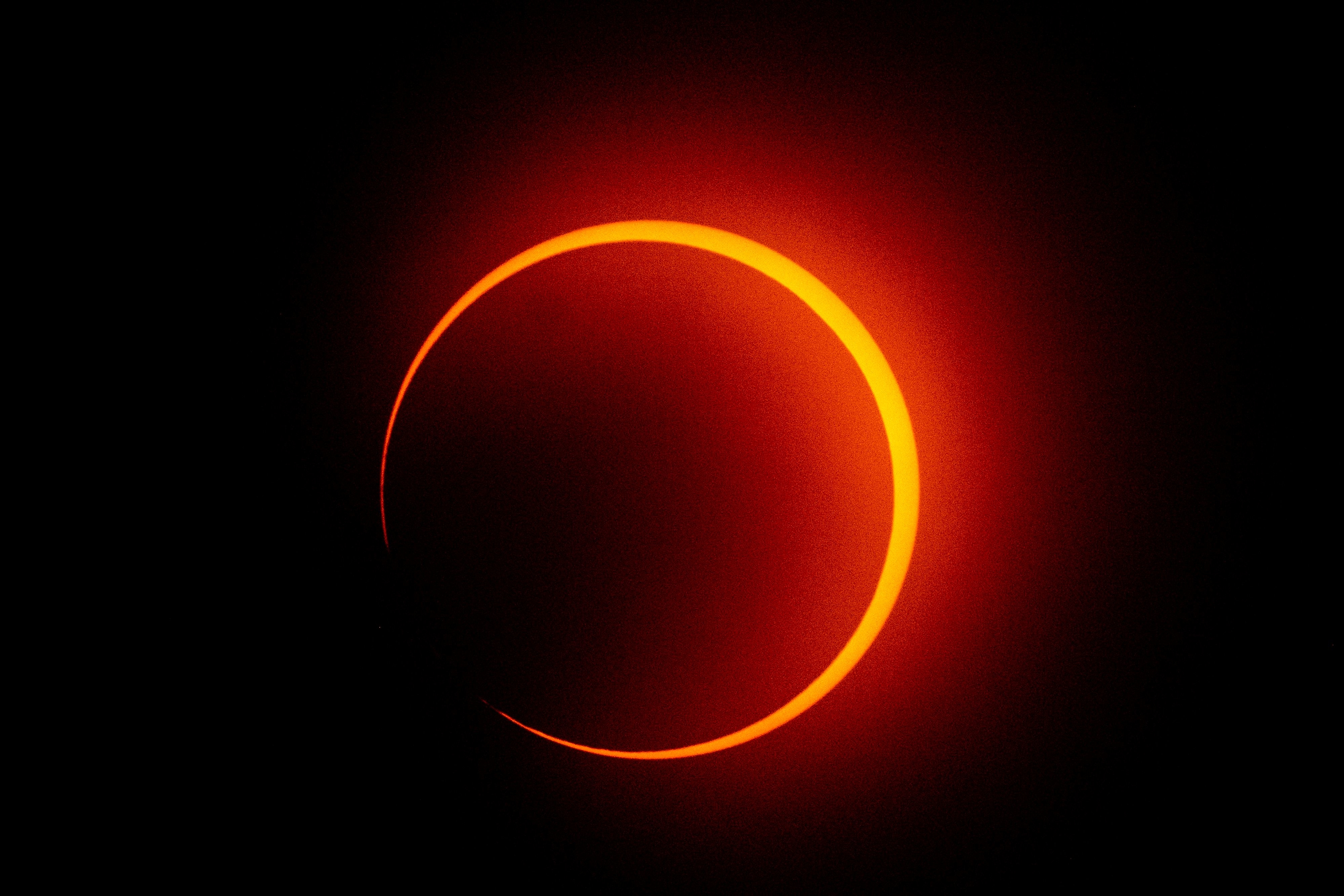
12. And here are people in San Salvador, El Salvador, who came out to witness the eclipse.

13. According to NASA, the eclipse over the weekend was the last annular solar eclipse visible in the United States for over a decade. The next one will occur on June 21, 2039, but it will only be visible in the United States in Alaska.
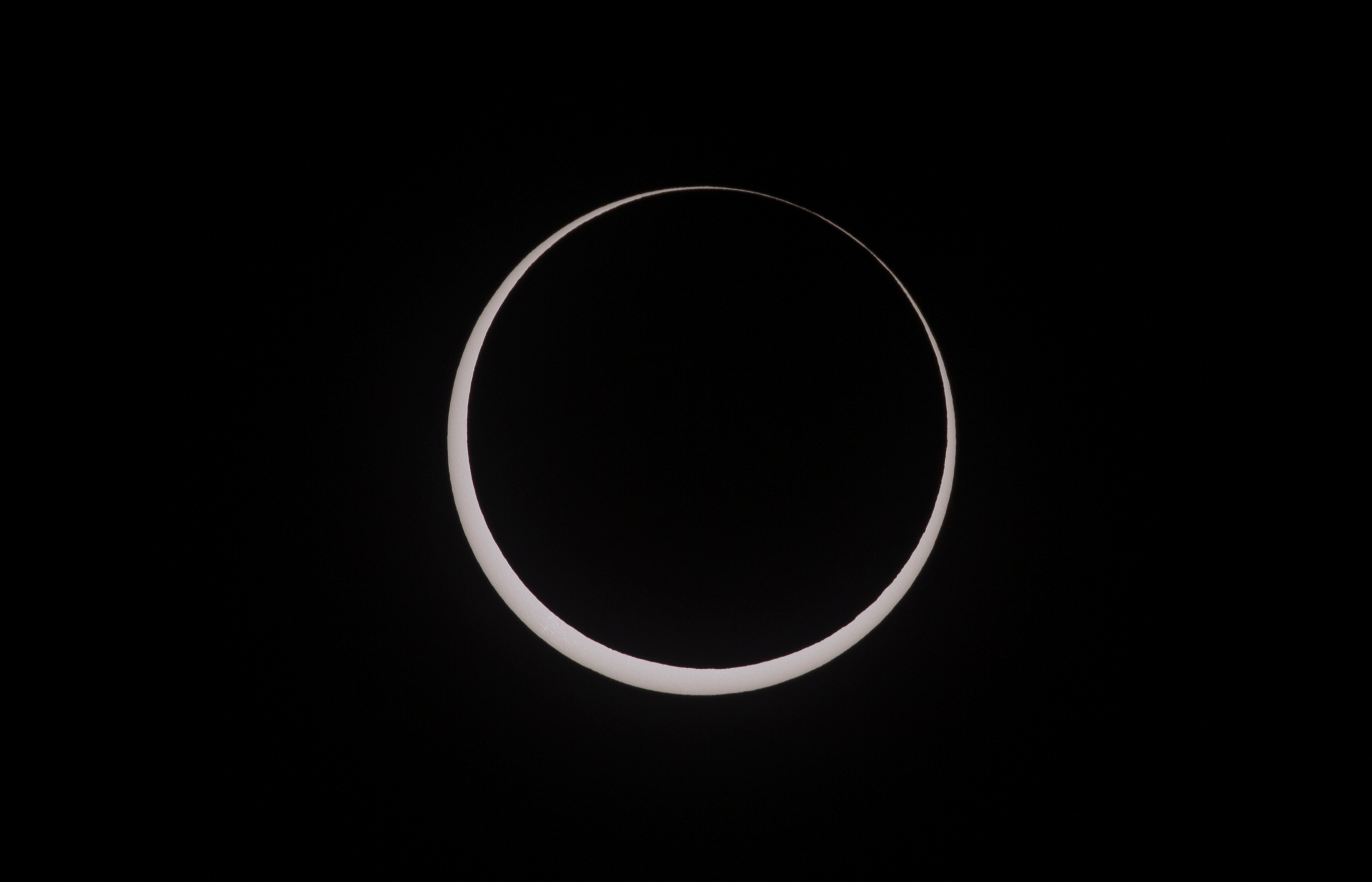
However, this will be preceded by another annular solar eclipse just under a year from now on Oct. 2, 2024. According to NASA, this annular solar eclipse will only be visible in South America, though its partial eclipse will be seen in North America, Antarctica, and other areas.
Finally, the opposite of an annual eclipse is a total eclipse, when the moon covers the sun, and the next total eclipse is set for April 8, 2024, according to the New York Times.
